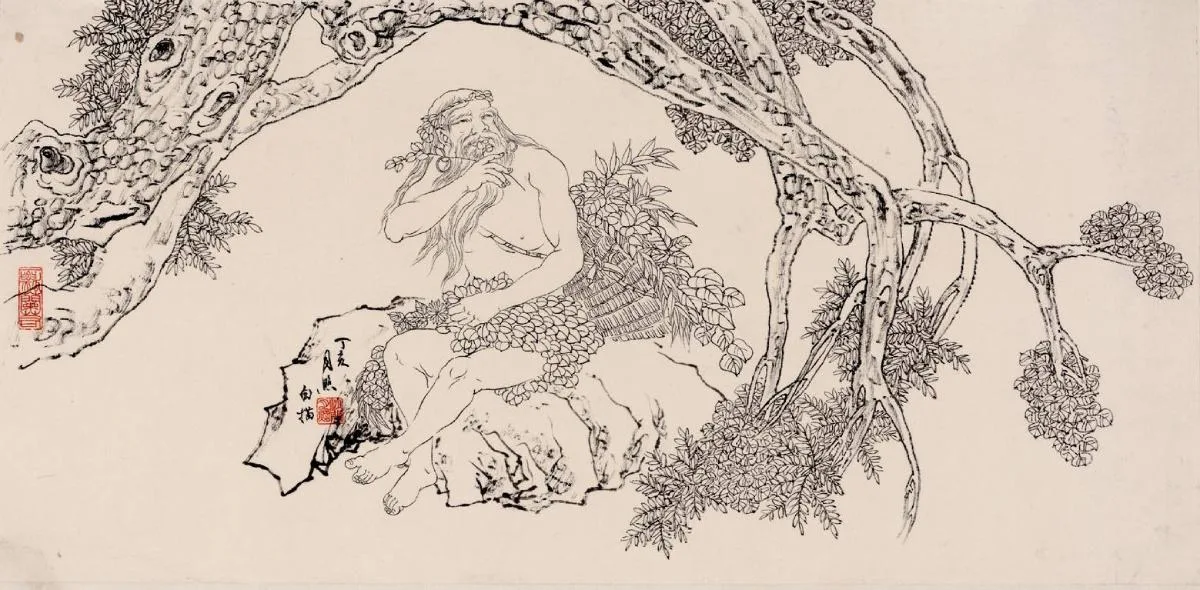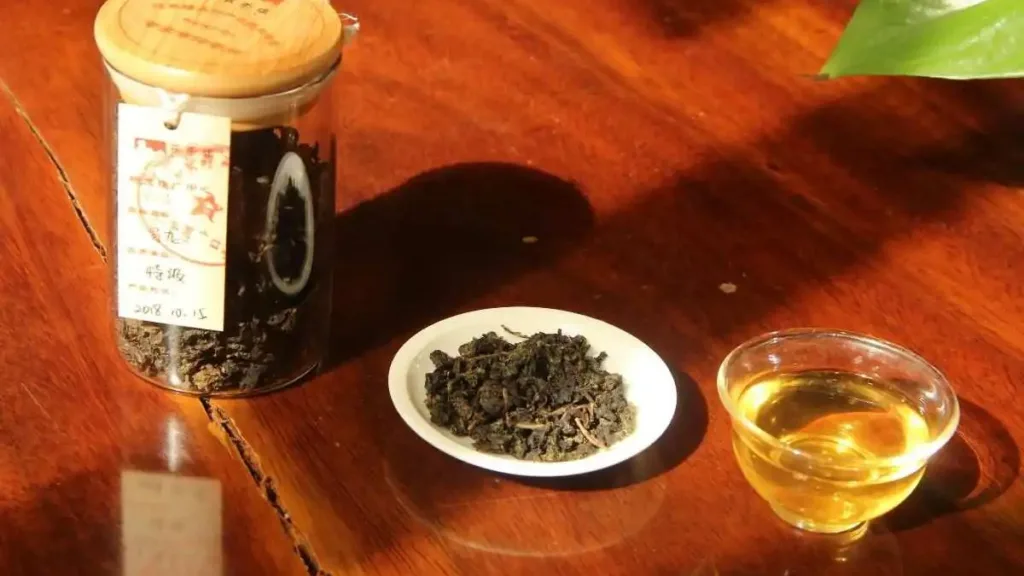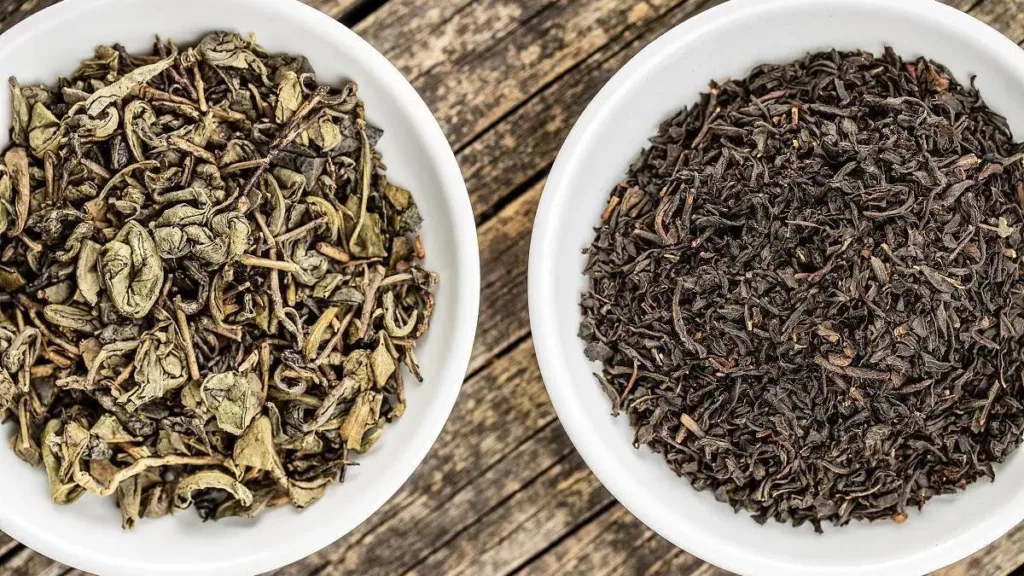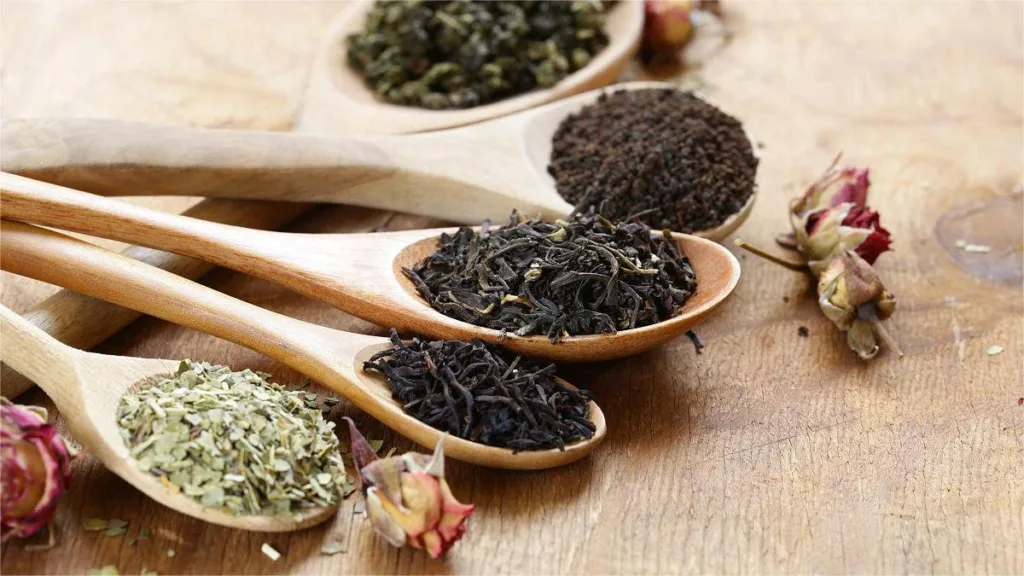Tea is a widely consumed beverage with a history that can be traced back to ancient China. Legend has it that tea was initially discovered by an ancient Chinese emperor.
According to tradition, in the year 2737 BCE, there was an emperor in China named Shennong. The earliest written records of tea can be traced back to around 2700-2200 BCE during the Xia Dynasty, and it is said that Shennong tasted various herbs and plants, including tea, as a means of exploring their properties. Shennong, a legendary agricultural hero of ancient China, was known for his personal experiments with various plants to identify edible foods. One day, while resting under a tree, he accidentally dropped some tree leaves into his drinking water. Shennong took a sip of the water with the leaves and discovered a unique flavor and aroma. He became captivated by this taste and began to study these leaves.
Later, Shennong found that these leaves could be steeped in hot water and consumed. He also discovered that they had some medicinal properties. He named these leaves “tea” and widely used them as an herbal remedy.
Over time, the use of tea expanded beyond its medicinal properties, becoming a popular beverage. During the Tang Dynasty, tea had already become a cultural phenomenon, with people gathering in teahouses to drink and socialize. The art of tea preparation, known as “tea ceremony,” began to take shape.
The evolution of tea can be summarized through various historical periods:
- Ancient Shennong Era: Tea is said to have originated during the Xia Dynasty, discovered by the legendary figure Shennong, who experimented with various plants to find edible foods.
- Qin and Han Periods: Tea became a beverage for the nobility, and the tea-making process gradually improved, with advancements in techniques like pan-frying, rolling, and drying.
- Wei, Jin, Southern and Northern Dynasties: During this era, tea started to spread among the common people. Tea culture began to flourish, with a growing focus on tea quality, production techniques, and drinking etiquette.
- Tang and Song Dynasties: In the Tang Dynasty, tea-making techniques saw significant advancements, and during the Song Dynasty, tea ceremonies became popular, integrating tea culture into daily life.
- Ming and Qing Dynasties: Tea trade prospered, leading to a wide variety of tea types. Tea culture venues like teahouses and teahouses began to emerge.
- Qing Dynasty: The palace tea rituals became more refined, forming a complete system of court tea ceremonies.
- Modern Times: With the expansion of tea trade, tea gradually spread to various parts of the world. Different countries and regions developed their own tea cultures and customs, such as the English afternoon tea and the Japanese matcha tea ceremony.
Tea comes in various types, each with its own unique flavors and aromas, influenced by the region and climate conditions in which it is grown, such as green tea, black tea, oolong tea, and more.
Tea holds rich cultural significance as a beverage, encompassing various aspects of culture:
- Social Etiquette: Tea culture emphasizes etiquette and respect. Following specific rules and ceremonies during tea preparation and consumption is essential. Guests show gratitude to hosts, and this tradition of respect remains important in modern society.
- Spiritual Cultivation: Tea drinking is a process of spiritual cultivation, promoting relaxation and inner purification. In traditional Chinese culture, the art of tea is considered a way to improve one’s moral qualities and aesthetic sensibilities.
- Health Benefits: Tea contains various beneficial compounds like catechins and caffeine, which can boost alertness, reduce fatigue, and have numerous health benefits when consumed in moderation.
- Artistic Expression: Tea culture is closely intertwined with the arts, with elements like tea utensils, tea leaves, and tea ceremonies serving as forms of artistic expression. Through tea drinking and appreciation of tea-related arts, people can experience the beauty and charm of art.
- Historical Heritage: Tea culture is a cultural phenomenon that has been passed down through thousands of years of Chinese history, representing a cultural and historical legacy. By engaging in tea drinking and studying tea culture, people can better understand their cultural roots and historical heritage.
Today, tea has become a beloved beverage around the world. Whether in China or in other parts of the world, people enjoy a cup of tea during their leisure time, savoring the delightful experiences it brings.



